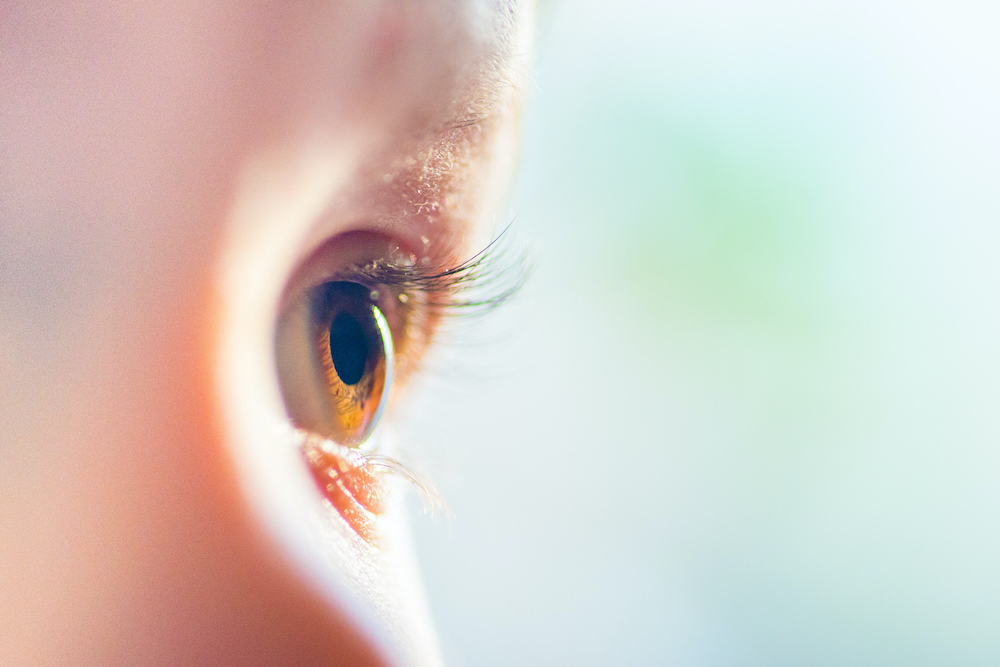
Visual System
The visual system is responsible for seeing. The primary visual area of the brain is the occipital lobe. Projections are received from the retina through the thalamus, where different types of information are encoded such as: color, shape, orientation, and motion.
Auditory System
The auditory system is responsible for hearing. The primary auditory cortex is located in the superior temporal gyrus of the brain. Specific sound frequencies can be mapped precisely onto the primary auditory cortex. Particular areas in the auditory cortex process changes in sound frequency or amplitude, while other areas process combinations of sound frequencies. The major area involved in comprehending language, Wernike’s area, is located in the left hemisphere in most people.
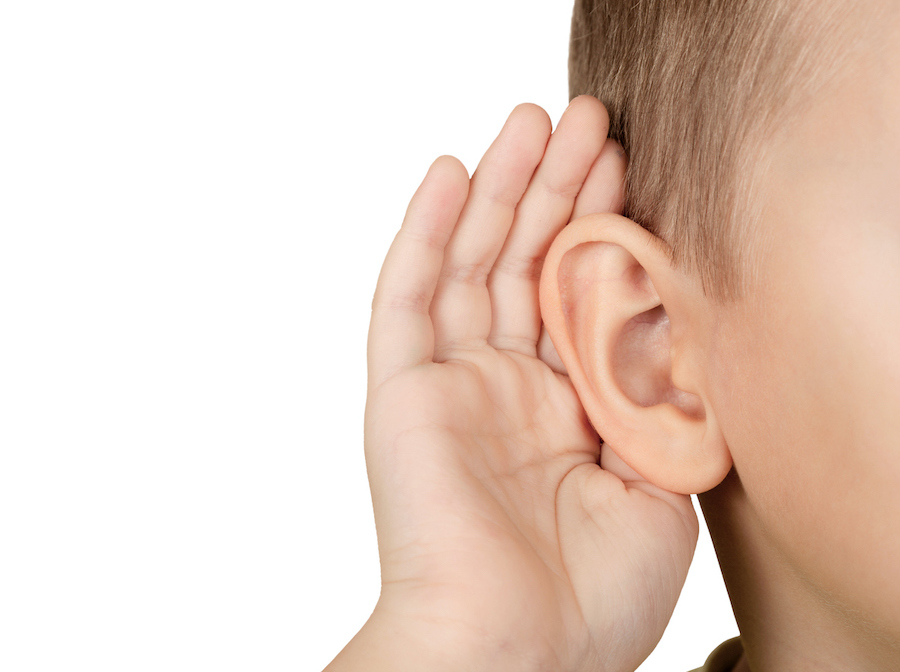

Olfactory (Smell) System
The olfactory system is responsible for processing smell. The olfactory bulb is located in the most forward part of the brain. The olfactory bulb transmits smell information from the nose to the brain.
The olfactory bulb does receive “top-down” information from areas such as the amygdala, neocortex, hippocampus, and others. It has four functions:
- Discrimination among odors
- Enhancing detection of odors
- Filtering out many background odors
- Allowing higher brain areas related to arousal and attention to modify the detection and/or discrimination of odors.
Gustatory (Taste) System
The gustatory system is responsible for the sense of taste. It allows us to discriminate between safe and harmful foods (for the most part). People usually prefer sweet and salty tastes to sour and bitter tastes. Detecting salt is critical to keeping enough intake of water to the body.

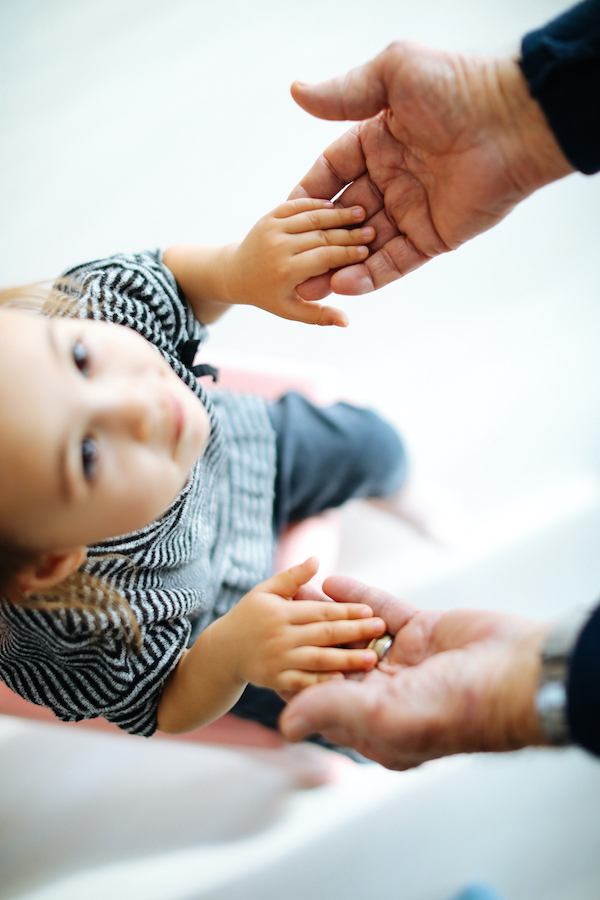
The Tactile System
The tactile system is responsible for processing touch information from the body.
The somatosensory cortex is the part of the nervous system that integrates touch, pressure, temperature and pain.
- People with sensory processing challenges may have tactile defensiveness or under-responsivity to touch and pain. Each can affect their relationships and development.
One of the two sensory systems Dr. Ayres focused on in describing the treatment of sensory processing challenges. *Dr. Ayres is a pioneer and researcher who developed the Sensory Integration Theory and Practise.
The Vestibular System
The vestibular system contributes to balance and orientation in space. It is the leading system informing us about our movement and the position of our head relative to gravity.
The vestibular system is located in the inner ear. It has two related components:
- The semicircular canal system, (related to detecting rotation) and the otolitis system, (related to detecting linear acceleration/deceleration).
- The vestibular system has an effect on our eye movements.
Over sensitivity to this sensory system, may cause avoidance of car drives on winding roads, fear of high places, swings, slides, merry-go-rounds, trampoline, etc. Under-responsivity to this system may cause people to seek more sensory thrills.
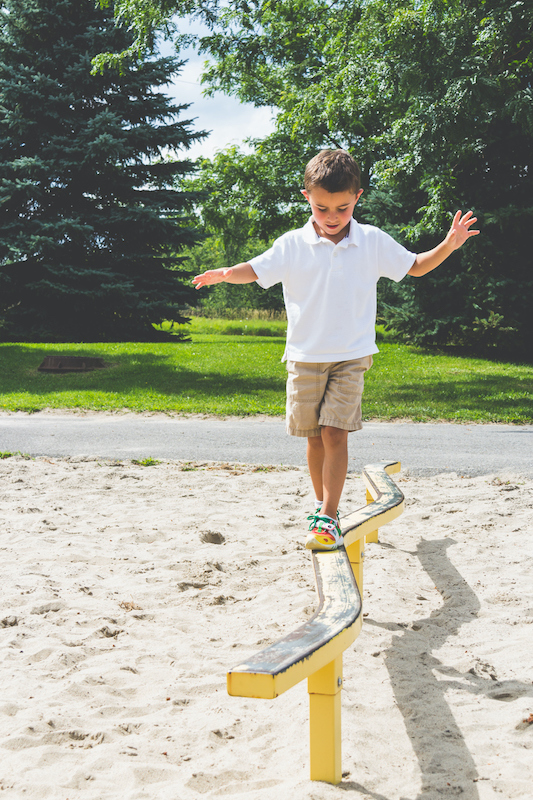
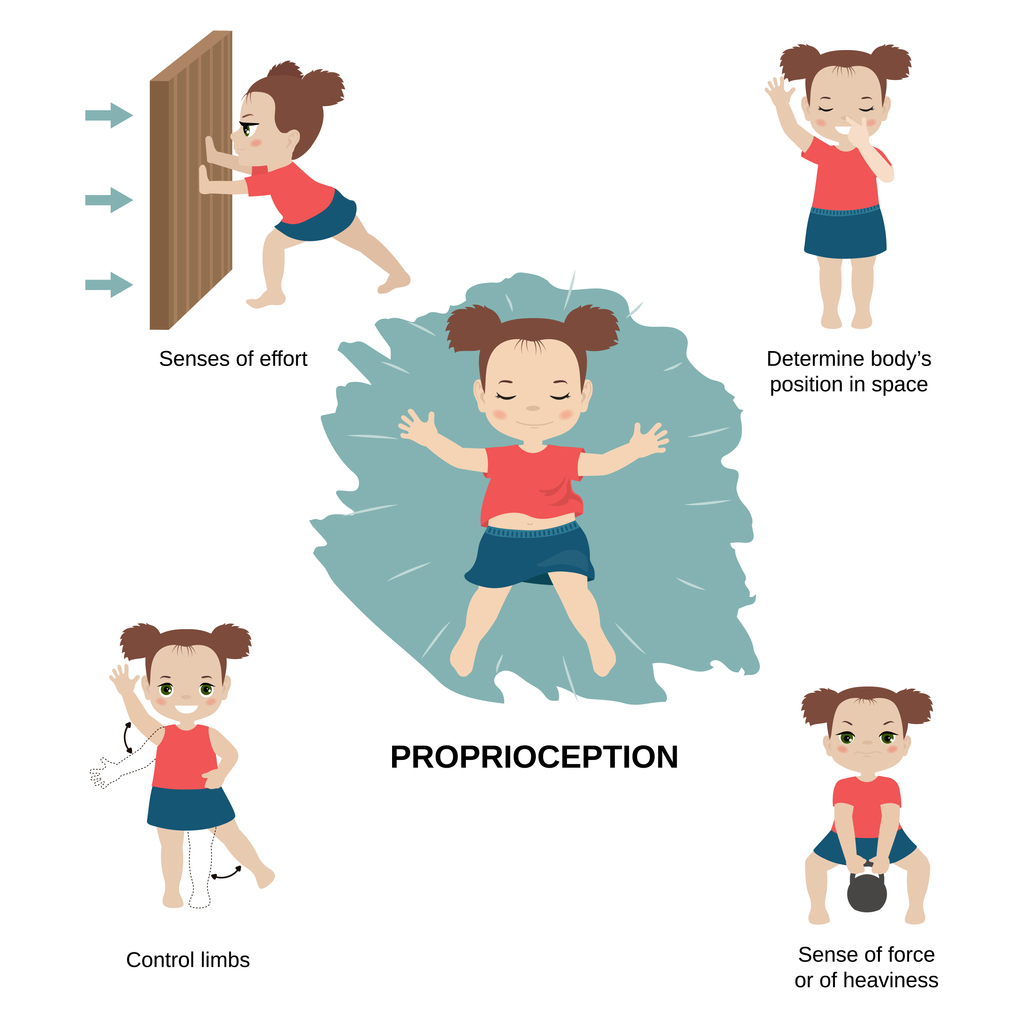
The Proprioceptive System
The proprioceptive system senses the position, location, orientation and movement of the body’s muscles, tendons and joints. It integrates how various body parts move together to perform tasks, for example, to go up and down stairs, or to insert a key into a door in the dark. For toddlers, the initial phases of learning to drink from a cup, learning to walk are just two examples.
The proprioceptive information is sent from receptors in our muscles, tendons and joints up to the brain and it informs us about different parts of our body.
These receptors can sense motion, such as resistance, compression, traction, elongation, active and passive movements, and stretching.
Challenges in this area may appear as clumsiness, many falls, and lack of coordination and motor accuracy.
The eighth sense is an often neglected, but frequently problematic sensory system among many people/children with sensory challenges. This system can also be impacted by environmental conditioning.
The Interoceptive System
The interoceptive system is related to the sensations of the physiological/physical condition of the body. Interoceptors are internal sensors that provide a sense of what our internal organs are feeling. Hunger and thirst are examples of interoception.
Interoception detects responses that guide regulation, including hunger, heart rate, respiration and elimination.

